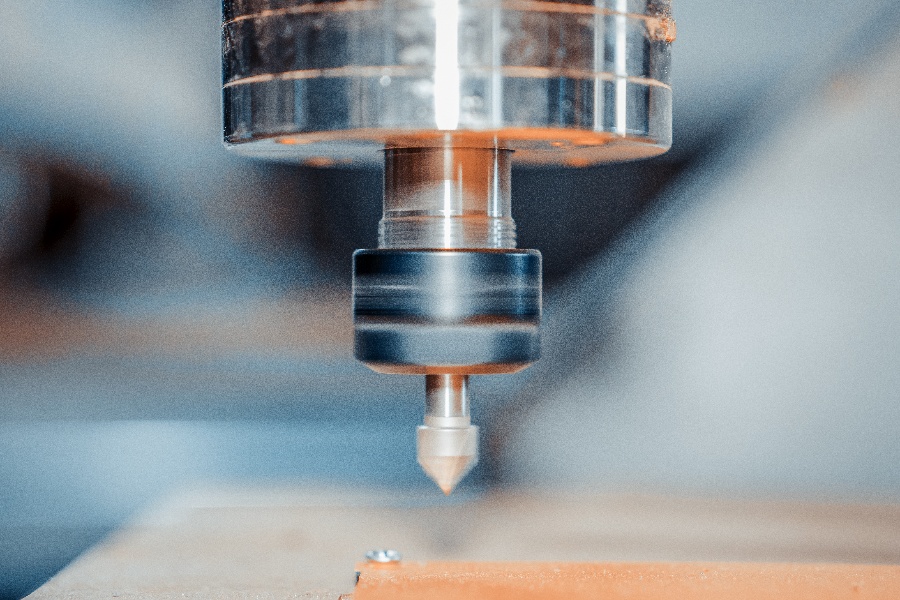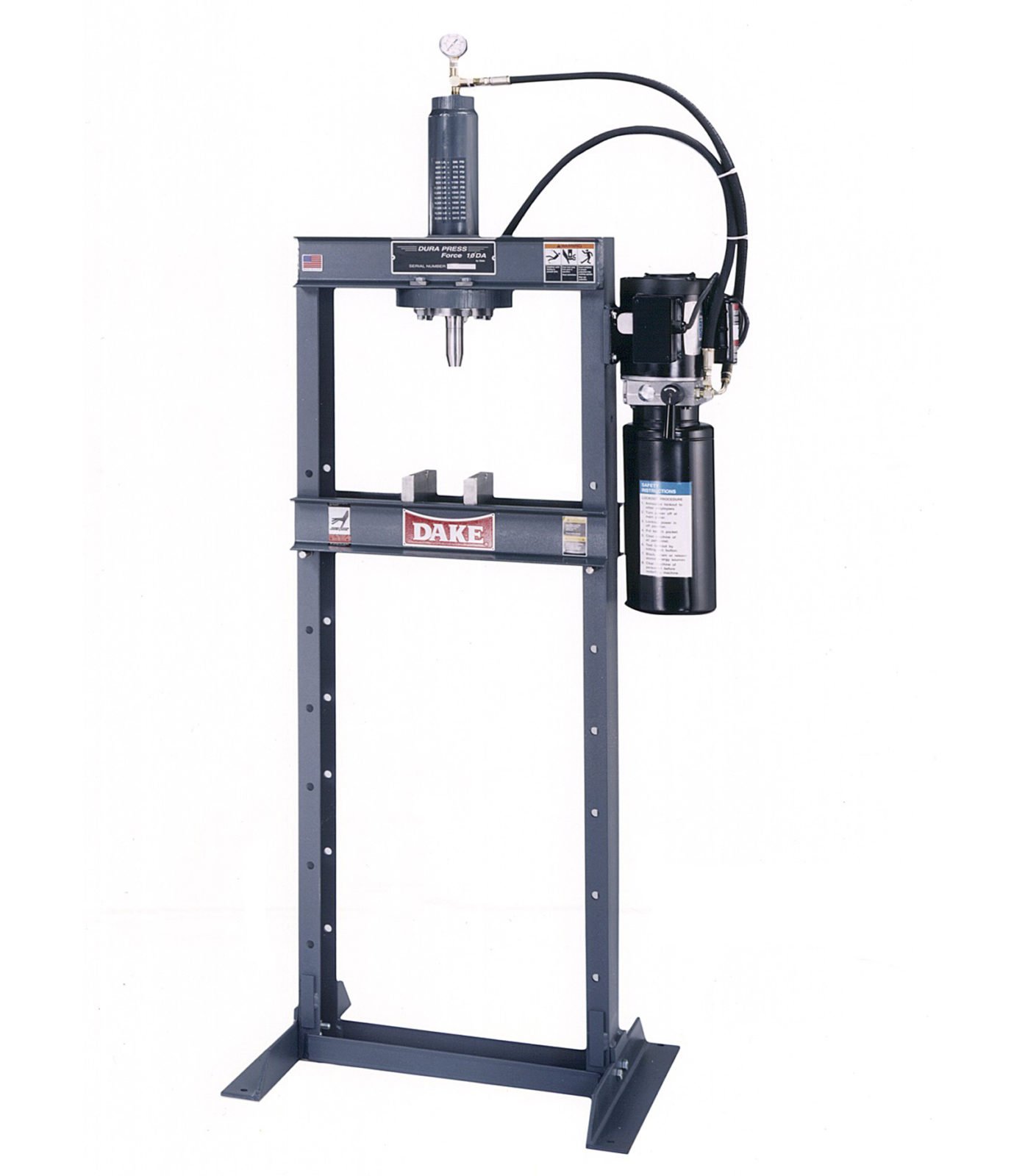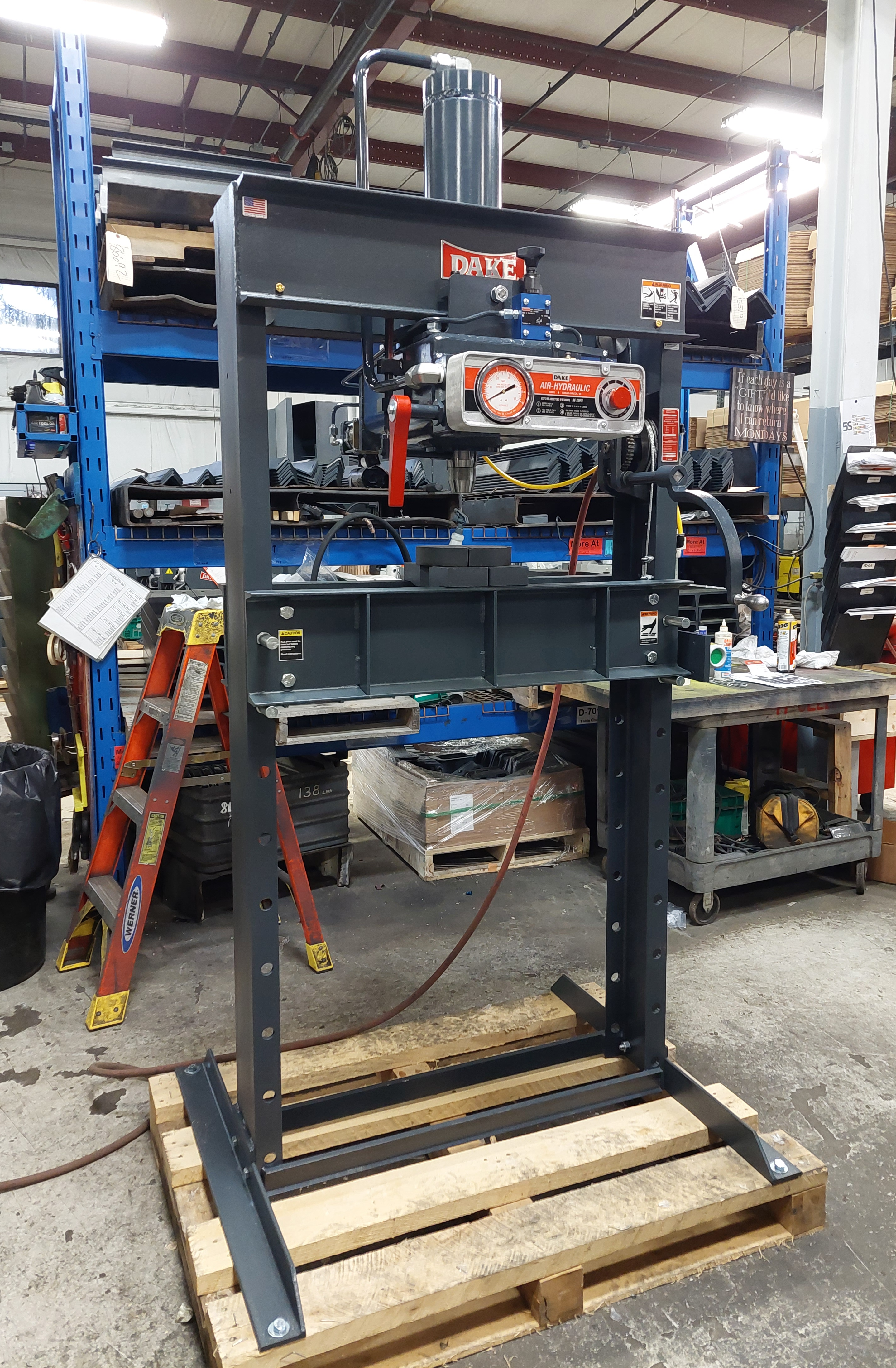If you have any metalworking machines that use a spindle, then you understand the pain of breaking that spindle. As the heart of the machine, the spindle is crucial for performing metalworking tasks. If the spindle breaks, the entire machine will be out-of-order until you can get a replacement.
While this is always an option, it takes time for a replacement spindle to arrive. During that time, you could be working with your machine. So, what’s the solution for a speedy recovery? Repair the broken spindle yourself. It’s not as hard as it sounds, and it’s not very expensive either.
In this post, our experts here at Dake show you the steps to quickly repair a broken spindle and get your metalworking machine back up and running in no time.
What Is a Spindle?
A spindle is a tool on a metalworking machine that can be used for boring, cutting, drilling, grinding, milling, and sawing. Spindles are often tasked with the job of rotation. They can be paired with cutting tools, grinding wheels, or other applications based on their specific size and design.
No matter what specific purpose your spindle serves, it is designed for precision, accuracy, and high speeds. As a representative for complex systems with dozens of moving components, a spindle should also be able to withstand repeatable actions without compromising the performance of the machine.
How Does a Spindle Break?
Spindles are bound to break or malfunction at some point or another. Some of the reasons that spindles fail include the following:
- Fatigue
- Imbalance
- Improper handling
- Debris contaminants
- Not enough lubrication
- An error while changing a tool
- Using the wrong spindle for an application
- An increase or decrease of preloads on bearings
No matter what causes the failure, replacing a spindle with a new one can be costly and time-consuming. It can take up to 24 weeks for a new spindle to reach your workshop.
This lost time could be made up by simply repairing the broken spindle yourself. In fact, you can remanufacture a broken spindle more than once, which can save you a lot of money in the long run.
What Is Remanufacturing?
Before you can begin the repair process, you must first understand what it is. Remanufacturing a broken spindle can include rebuilding, reconditioning, refurbishing, repairing, reworking, or even upgrading various components of the spindle.
The purpose of remanufacturing is to get the broken spindle back into working order quickly and efficiently. If you are uncomfortable performing the remanufacturing process on your own, you can outsource the job to a local professional.
How to Choose the Right Remanufacturer
If you have decided to outsource the job, there are a few things to consider before handing your spindle over. The facility needs to have the appropriate equipment and the right amount of experience with remanufacturing spindles. The opportunity to upgrade the spindle also needs to be apparent.
Whoever you choose to fix your broken spindle needs to have access to precision tools as well as engineering, machining, grinding, and manufacturing tools. Look for someone with specialized experience with various spindle types. He or she should also have a comprehensive understanding of spindle defects and their causes.
The remanufacturer should have a list of services available. These should include analysis and testing for the broken spindle as well as parts repair, engineering, balancing, assembly, customization, and upgrading.
Remanufacturing Best Practices
1. The repair process should be logged and tracked throughout each step. This will prevent losing or mixing up parts, and it will allow for an easier assembly.
2. The disassembly process should be done in a quality control area. This is where the root of the issue will come to light. The technicians should be able to tell if the cause was contaminants, lack of lubricants, mishandling, or any other issue that may have caused the malfunction.
3. While the spindle is disassembled, every component needs to be cleaned and polished. If rust is present, a good solvent wash followed by an air-drying session should be done.
4. Every component should undergo a rigorous inspection process. Each piece needs to be analyzed for alignment, parallelism, roundness, run-out, and size. This is to help further narrow down the root of the problem, and you should be presented with a detailed report once the spindle is up and running again.
5. The analysis report of every component should provide you with tips on how to avoid the same problem in the future.
6. A clean room is where the spindle should be assembled again.
7. Once the spindle has been put back together or upgraded, it should undergo a final testing phase to ensure that everything is working properly. Run-outs, speed, temperature, and vibrations should all be monitored before the spindle gets the green light to go back to work.
8. If the remanufactured spindle is being shipped back to you, it needs to be properly packaged. Smaller spindles should be encased in foam and placed into sturdy shipping containers. Wooden crates may be used for spindles that weigh over 125 pounds.
Kind of Upgrades You Should Consider
While the broken spindle is under repair, there is usually an opportunity to upgrade it in some way. You can have all of the steel bearings replaced with hybrid bearings. This will enhance speed while also reducing the running temperature.
Hybrid bearings use ceramic rolling components or silicon nitride to achieve these enhancements. They are also more resistant to everyday wear and tear.
Another upgrade you can incorporate is a sealing system. Designed to protect the spindle from contaminants, this system will keep debris, water, lubricants, and coolants from sneaking in and destroying the spindle’s bearings.
You may also add an air purge. This generates positive air pressure in the spindle that can be purged via strategically placed ports. Essentially, it works to keep contaminants out.
Finally, our last upgrade recommendation is to change the spindle’s interface. Doing this can enhance the spindle’s speed and allow it to make deeper cuts.
Learn More at Dake
If you have more questions about spindle repairs or you want to learn more about our products, get in touch with our experts here at Dake.
-1.jpg?width=1200&height=525&name=DAKE003_%20Logos_Red%20(002)-1.jpg)

.jpg)

